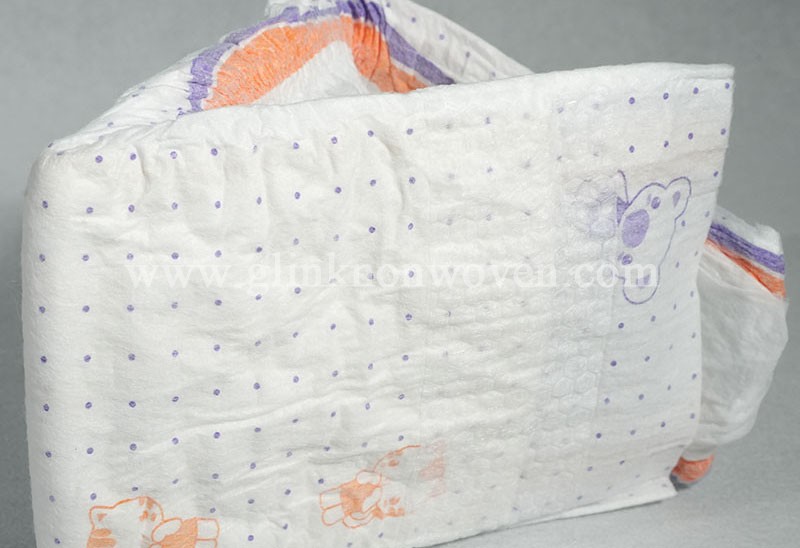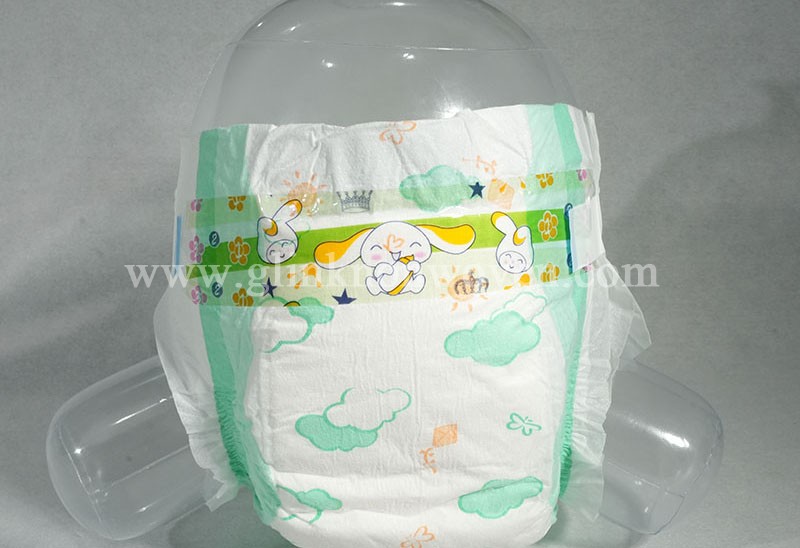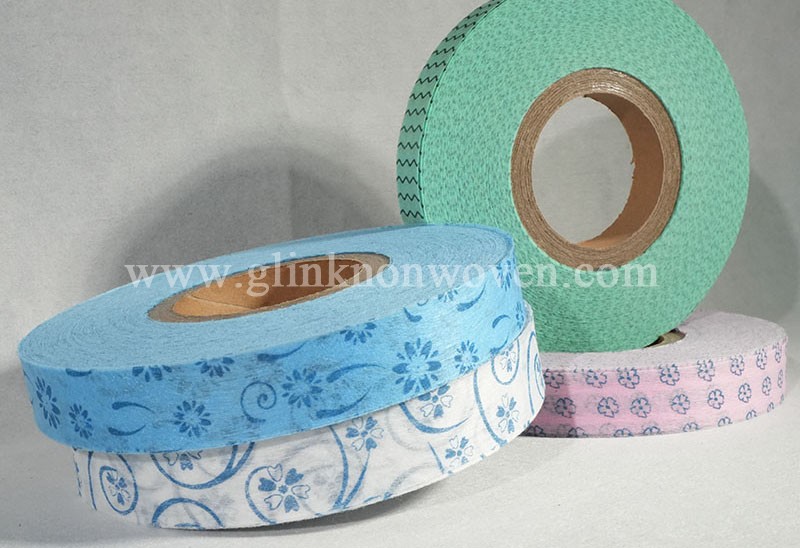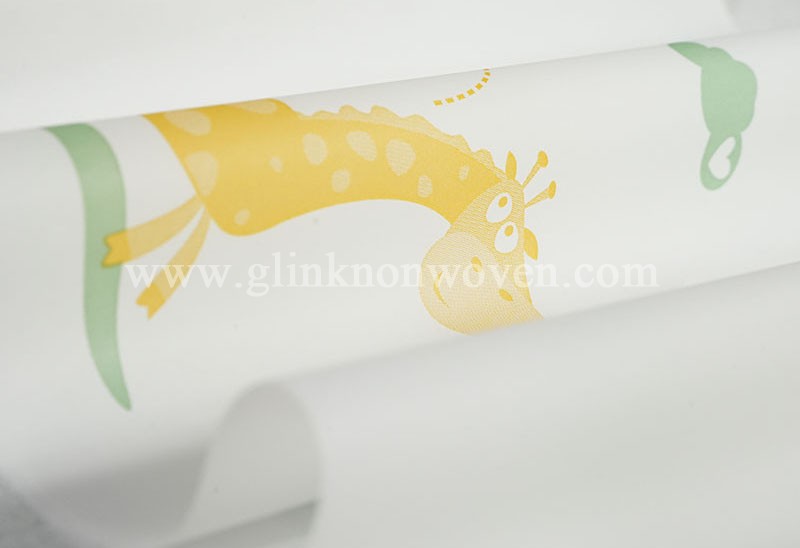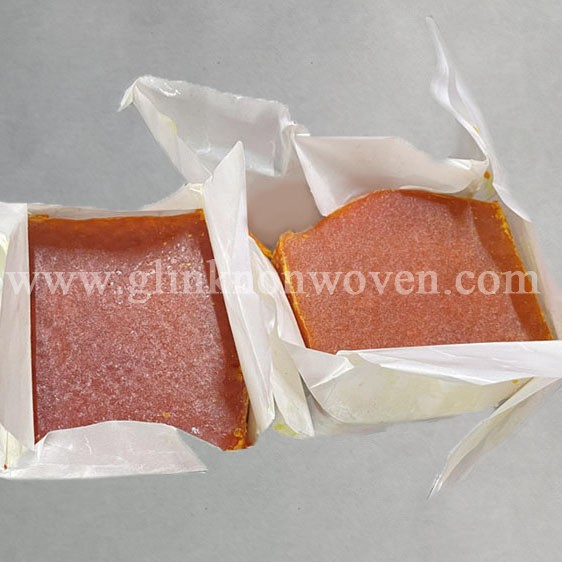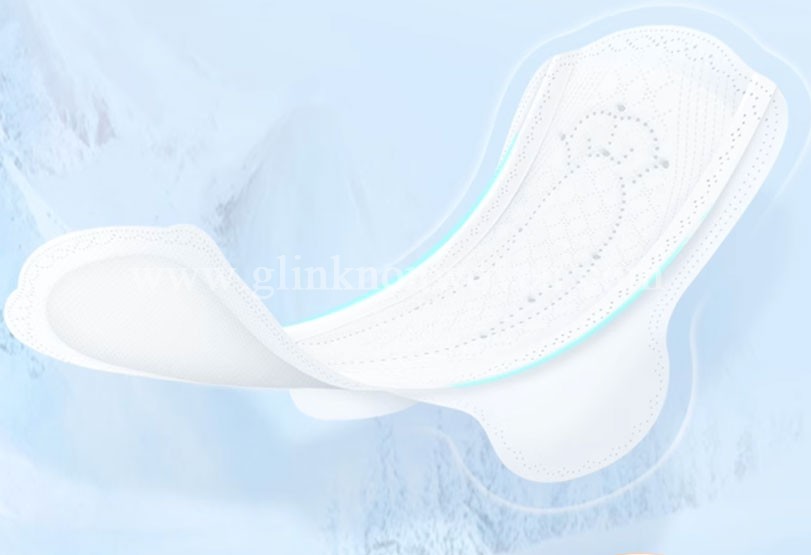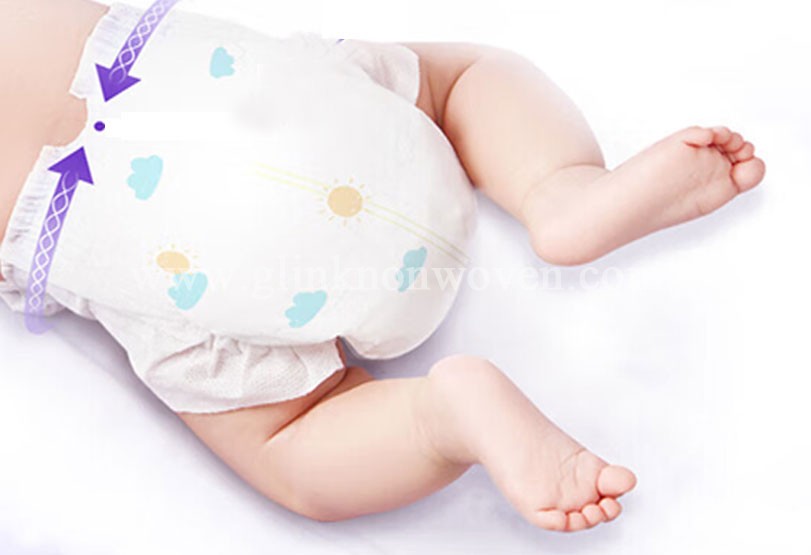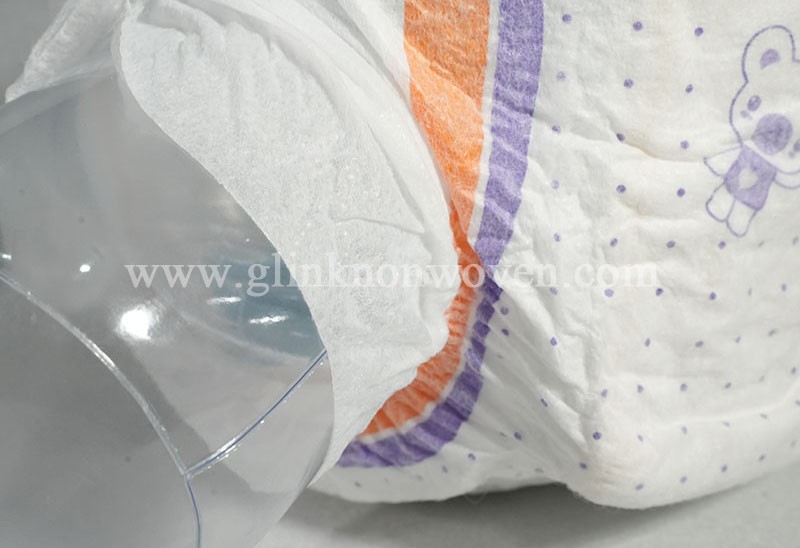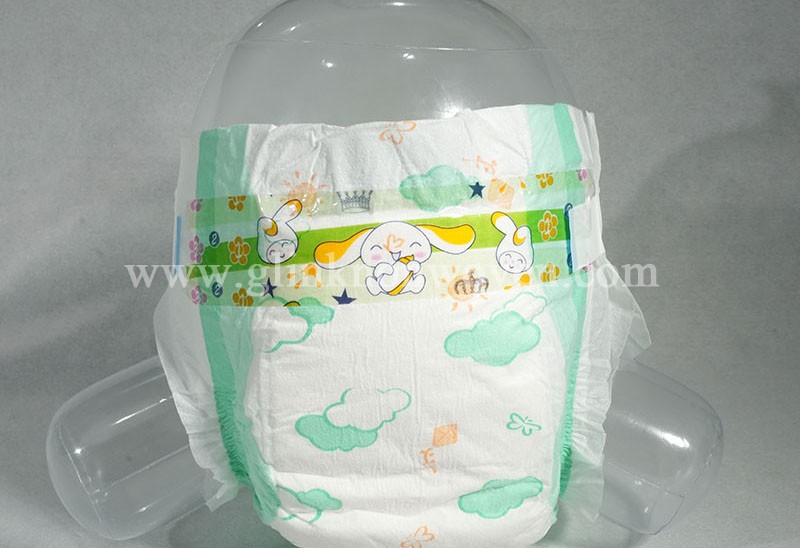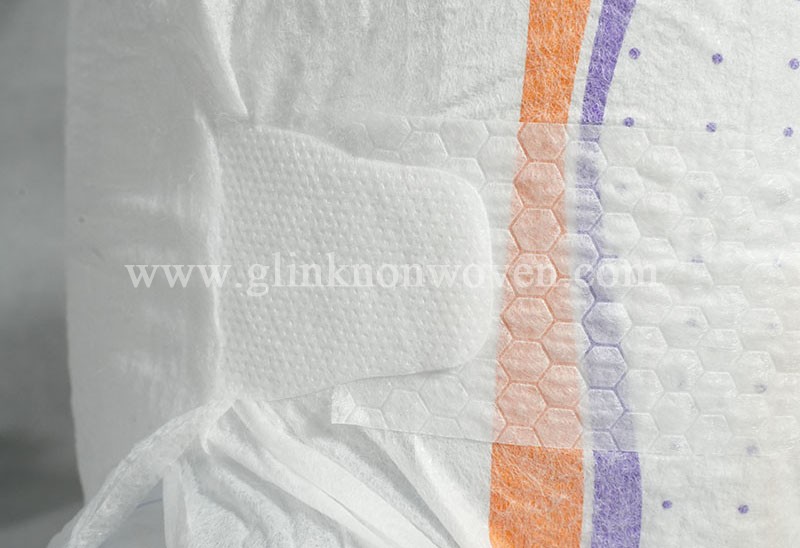Introduction to ADL functional chips for sanitary napkins
Jul 10, 2025
The ADL functional chip of sanitary napkins is a component with special functions in sanitary napkins, and ADL stands for Acquisition Distribution Layer, which means diversion layer. It is usually located at a specific level of sanitary napkins, which can help menstrual blood and other liquids quickly infiltrate and evenly distribute, keeping the surface dry. At the same time, some chips also have multiple functionalities. The following is a specific introduction:
Material and Structure: ADL functional chips are often carried on non-woven fabrics and implanted or compounded with various functional materials through special processes. The functional chip of the cotton doctor sanitary pad is made of plant fiber material, which implants Ganoderma lucidum polysaccharides, negative ions, far-infrared, nano silver, etc. into non-woven fabric. Some chips also achieve their functions through a multi-layer structure, such as a urine odor removing sanitary pad chip, which includes a surface layer, a core layer, and a bottom layer. A first polymer absorption layer is set between the surface layer and the core layer, and a second polymer absorption layer is set between the core layer and the bottom layer. The core layer is a water absorbing cloth soaked in pure natural lily aldehyde essential oil, and the surface layer is made of chitosan fiber non-woven fabric. The layers are connected by hot pressing.
Functional characteristics:
Rapid flow and absorption: The chip can be paired with a dual lining flow guiding non-woven fabric to effectively help menstrual blood infiltrate, allowing liquid to quickly pass through the surface and be absorbed by the lower layer of absorbent material, reducing liquid residue on the surface of sanitary napkins, keeping the user's private parts dry, and improving user comfort.
Antibacterial and bacteriostatic: Some sanitary pad ADL chips contain antibacterial ingredients such as nano silver, chitosan fibers, etc., which can inhibit bacterial growth, reduce odors and gynecological disease risks caused by bacterial reproduction. For example, the above-mentioned anti urine odor sanitary pad chip, chitosan fiber non-woven fabric surface, antibacterial layer, and drug core layer have a synergistic effect of the triple antibacterial substances of lily aldehyde essential oil, which can inhibit and kill microorganisms at multiple levels.
Relieve menstrual discomfort: Some new chips use solid-state hydrogen technology or photocatalytic hydrogen production technology, such as the built-in hydrogen function chip in the Goodbye Payne Soothing Care sanitary pad, which releases hydrogen gas when it comes into contact with water. The released hydroxide ions not only accelerate blood circulation, unblock blockages, relieve menstrual pain, but also kill anaerobic bacteria and alleviate discomfort caused by their growth.
Other functions: The chip may also have far-infrared function, which can promote the dilation of human microvessels, accelerate blood circulation, and promote body metabolism; Or embed biological magnetic elements to perform magnetic therapy on the human body, coordinate human functions, and also promote the movement of negative ions to enhance sterilization effects. For more information, please click www.glinknonwoven.com.
Read More
